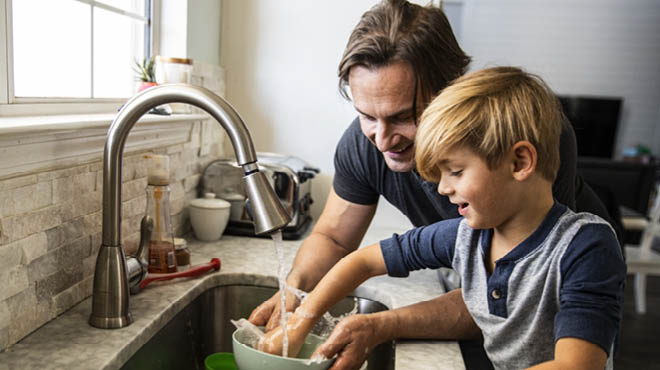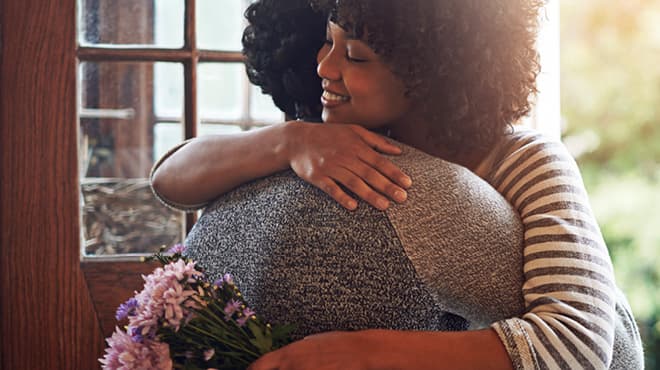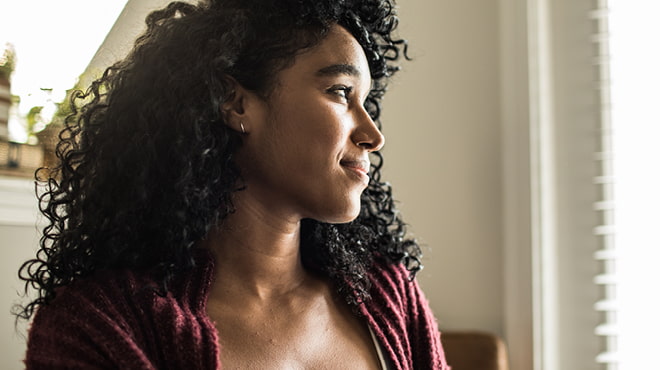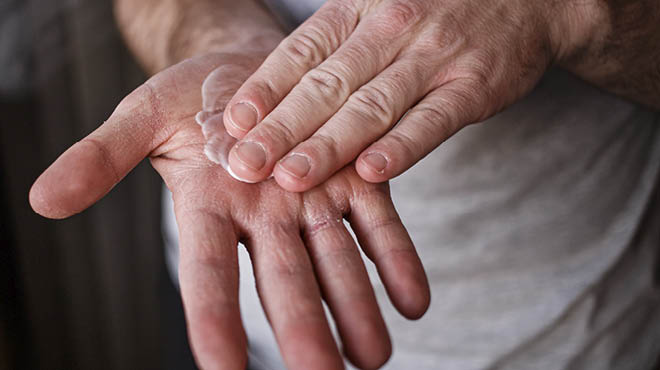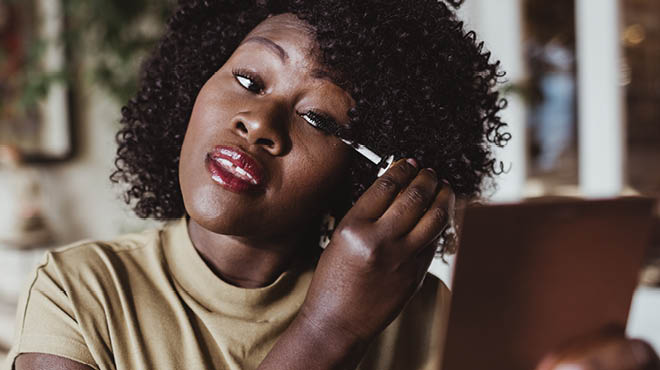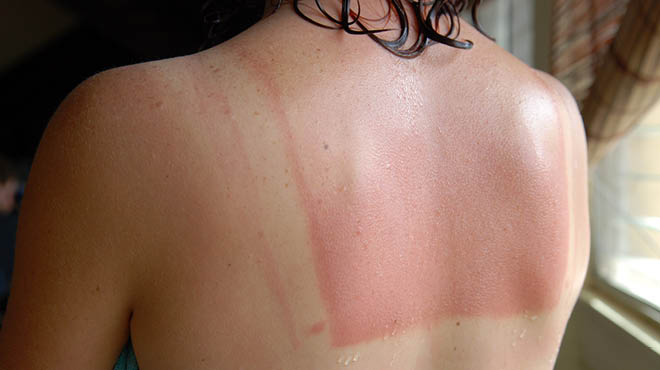Recent Posts
Don't turn your back on back acne

Your back may be out of sight, but when you have back acne, it's not out of mind. That's especially true when you're shirtless, go for a swim or try on that backless sundress.
While back acne can be irritating, painful and embarrassing, various treatments and lifestyle changes relieve this common skin problem.
Here's what you need to know about back acne and how it's treated.
What is back acne?
If you have acne on your back, you may experience:
- Red, inflamed bumps
- Blackheads or whiteheads
- Back pain or tenderness
- Acne scars
Like all acne, back acne is caused by overactive sebaceous glands. These glands produce an oily substance called sebum, which helps keep skin healthy. However, too much sebum can lead to bacteria growth and dead skin cells, which can block pores in the skin.
Several factors can trigger overproduction of sebum, including:
- Hormonal changes, such as during puberty or pregnancy
- Certain medications, such as steroids or testosterone replacement therapy
- Stress
- Oily skin or hair products
How is back acne treated?
If you think you have back acne, you should seek care. Your primary care provider can determine how severe your case is, recommend the best treatment and possibly refer you to a dermatologist.
Typical treatments for back acne include:
- Topical medications, such as benzoyl peroxide, retinoids and antibiotics, that are applied directly to the skin.
- Oral medications, such as antibiotics or isotretinoin, which is a powerful acne medication.
- Physical treatments, including laser therapy, light therapy or dermabrasion, which is the removal of surface layers of skin.
Do lifestyle changes help?
You can relieve back acne by making dietary and lifestyle changes, such as:
- Avoiding triggers, like oily skin products, stress or certain medications.
- Eating a healthy diet and exercising regularly.
- Showering after activities that cause you to sweat.
- Avoiding tight clothes, clothes that cause friction against the skin, and nonbreathable sports or activewear that traps sweat. Cotton is a good material for workout clothes because it wicks away moisture.
- Limiting irritating products that may cause acne to flare.
- Using gentle cleansers, such as Cetaphil and Vanicream, especially if applying prescription retinoids or stronger topicals that can overly dry out and irritate the skin.
If an initial treatment doesn't produce results, your health care professional can help find a solution that works best for you so you can turn your back on back acne.
Amanda Logan is a nurse practitioner in Family Medicine in Waseca, Minnesota.

